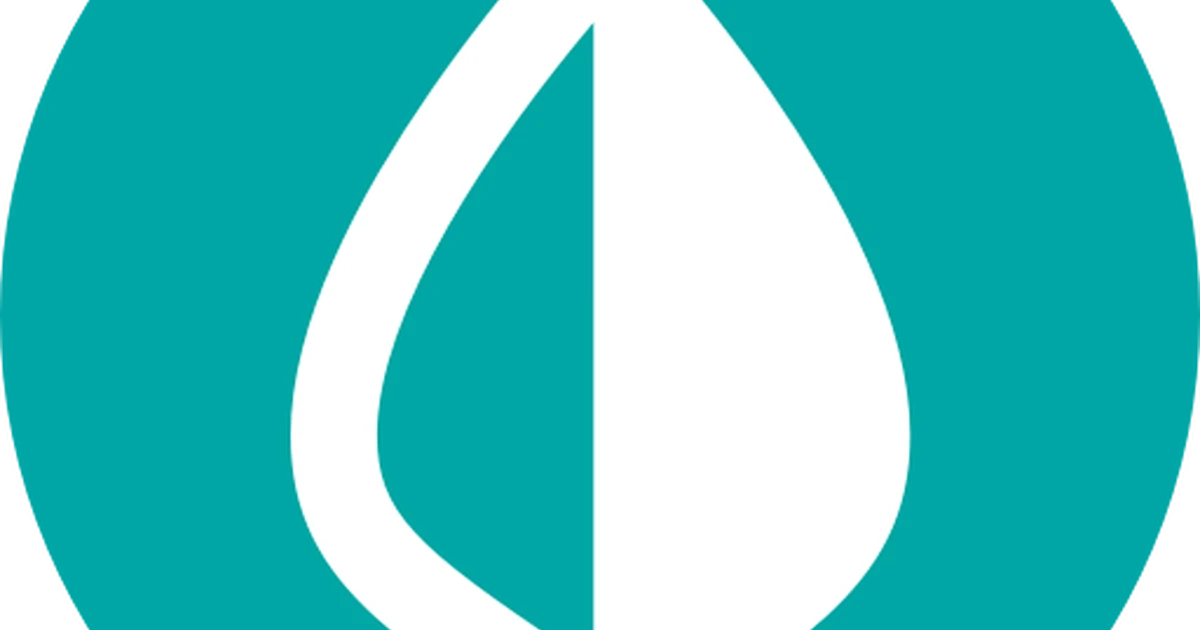If you are struggling with multiple sources of debt, it can be easy to get bogged down by all the payments you have to make every month.
Your car note, your mortgage payment, student loan payments, and credit card bills can leave you feeling like you’re drowning in debt.
So, how do you manage multiple sources of debt without going under?
This brief guide will help you keep your head above water.
Prioritize
Particularly for those having trouble paying all their debts all the time, it’s important to prioritize.
Prioritize your payments by order of importance. For example, your mortgage loan would probably come first, utilities next, car note third, then student loans followed by high-interest credit cards.
Credit cards and other forms of revolving debt should be prioritized by both their interest rates and amounts. If you have the ability to quickly pay off a low-interest card, do it.
Otherwise, go after the high-interest cards with gusto.
Budget
Look at your monthly budget. What can you cut out and throw at your debt?
Advertisement
Tightening the belt on your budget might hurt now, but in the long term it’s going to make your life a lot easier.
Pay down debt as quickly as you can and reap dividends later. Factor in paying down debt into your monthly spending and have a clear action plan, complete with benchmarks, to get out of debt.
Cutting Costs
It might not just be little things that you have to cut out of your budget: You might have to start considering whether or not your lifestyle matches your means.
For example, you shouldn’t be paying more than 30 percent of your income on housing. The amount that you spend on your debt should ideally be below 20 percent, including credit cards, car loans and student loan debts.
Moving to a smaller place, lowering your student loan payments, or getting a more affordable car might be necessary parts of getting your debt into a more manageable position.
Try to remember that such setbacks are only temporary and part of getting into the debt-free lifestyle that will ultimately be best for your future.
Calendar Management
When you have a lot of different debts, you might get tripped up by the calendar. That can lead to additional penalties and even increased interest rates.
Keep a calendar, either on your computer, smartphone, in the cloud or even on old-fashioned paper.
Better yet, use online bill pay to make sure that your payments all go out on the same day if you know that you’re going to have the same payment every month.
Mint has more than 20 types of alerts to notify you of upcoming payments, fees charged, and budget updates. Every extra reminder will help you stay organized and save you money.
Transfer Debt
If you have multiple credit cards, there’s an easy solution: Transfer everything onto the card with the lowest interest rate. Alternately, you can consider transferring your debt onto a zero-interest card.
Note that most zero-interest credit cards are only temporary rates and that you get hit with all the back interest if you don’t pay the balance off on time.
For the person who thinks they can pay off all his credit card debt in a single year, this can be a very shrewd move on your path toward getting out of debt.
Consolidating and Negotiating
Particularly if you’re playing by the rules and have good credit, consolidating debt or negotiating directly with your creditors can make good sense.
You need to be able to transfer higher interest to lower interest. You also have to be able to make the new consolidated payments if that’s the road that you’re taking.

When it comes to negotiating with creditors directly, ask for a supervisor and don’t be afraid to say that you’re going to take your business elsewhere.
“What to Do When You Have Multiple Sources of Debt” was written by Nicholas Pell.
Comment